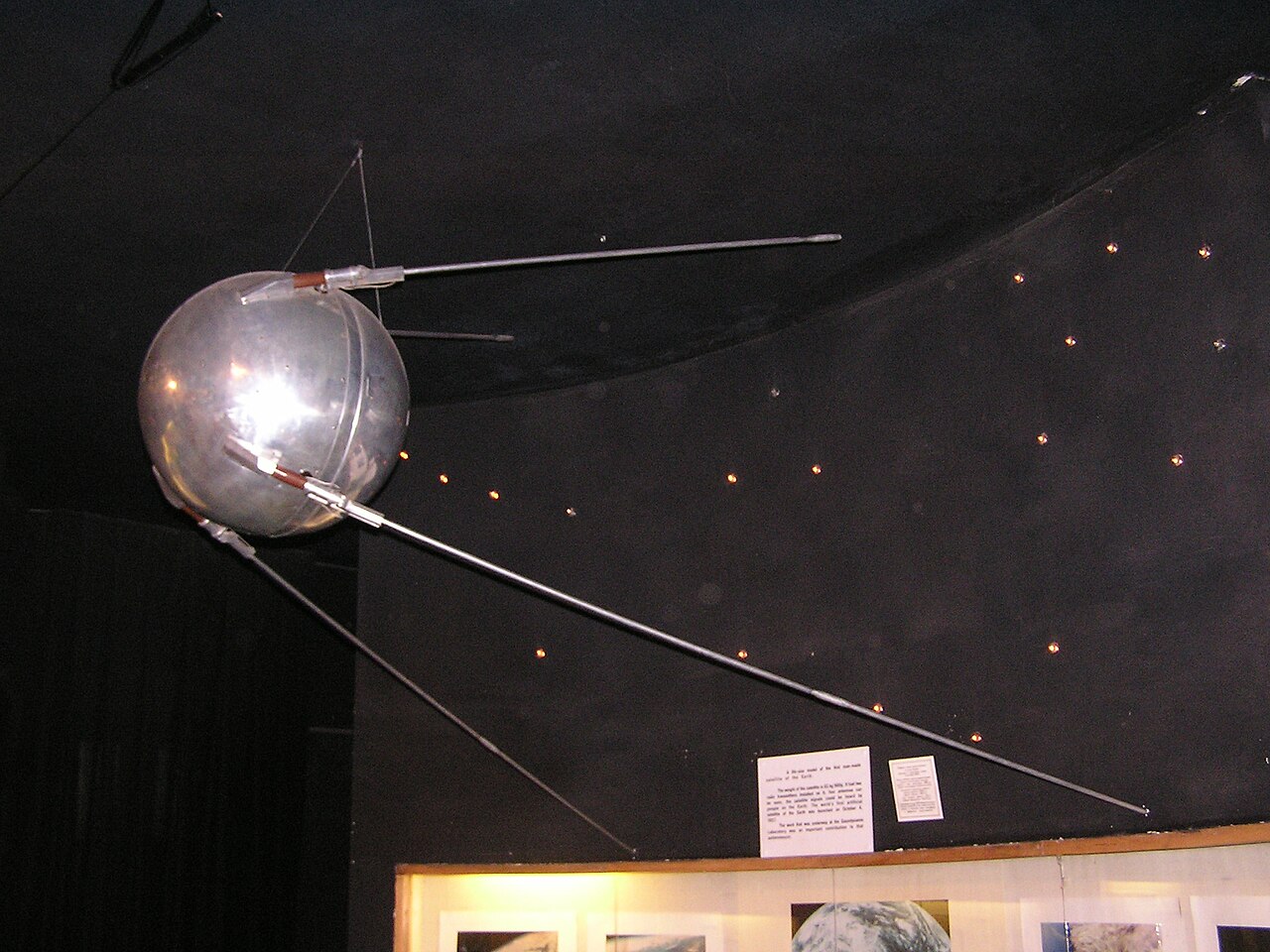Drive the back roads through most of Indiana’s 92 counties, and you’re bound to encounter dead or dying small towns. You’ll arrive at a crossroads surrounded by a few rundown homes and crumbling storefronts that haven’t offered anything to buy for decades. And in most of these communities, you’ll find brick or limestone buildings that once housed the local public schools. Some have been converted into homes or other uses, but most quietly wait to be reclaimed by nature. Most became obsolete because of a Russian rocket.
In October 1957, the Soviet Union stunned the world and started the space race when it announced the launch of Sputnik, the first artificial satellite. During the three weeks before its batteries died and it burned up in the atmosphere, Sputnik sent radio signals to Earth and created a panic like few seen in American government. The launch proved Moscow’s technology was superior to ours. America clearly needed to step up its game, and to do that, we needed a workforce that understood advanced math and science. Otherwise, we’d find ourselves in the service of Russian overlords.
It was a wake-up call for Indiana and the nation. As state leaders sought solutions, they recognized that Indiana’s small-town schools lacked the resources to properly educate Hoosier children for the needs of the space race. Larger school districts were able to hire skilled educators who could teach children about things like physics and calculus, but tiny small-town districts struggled to find those teachers, putting students from those communities at a significant educational (and economic) disadvantage. That led the General Assembly to decide the best solution was to consolidate the state’s many small districts into larger ones. In 1959, they passed a law that cut the number of school districts from 966 to 402.
The idea of consolidation created anger and pushback, much of it rooted in the longtime basketball rivalries between neighboring districts. It was a tough (and necessary) decision for lawmakers, but proved nothing short of catastrophic for many of the small towns that were home to schools that would be shuttered.
First, there’s the economic toll of no longer having the school to employ the community’s residents, buy from the community’s businesses, and enhance the investment ordinary folks have made in their homes. Second, and just as damaging, is the hit on the town’s psyche. A high school is a point of pride for the surrounding community, providing the places where residents gathered to cheer on their children and grandchildren. Residents nervously wonder what their beloved hometown is going to lose next.
Ball State economist Michael Hicks pointed out that after the high school in Franklin County’s Laurel closed its doors in 1989, a third of the town’s residents moved elsewhere. He noted that when schools can’t offer the classes students need to be prepared for success in our state’s universities, families choose not to live there. Hicks says that even today, 1 in 5 Indiana districts lacks the resources to offer students Advanced Placement classes in calculus, biology, or chemistry.
Some of those tiny communities have begun admirable efforts to boost local spirit in the hopes of attracting new residents and investments. Unfortunately, when the nearest high school is 25 miles away and it provides only the bare minimum of options, they’re trying to swim upstream.
That has led to calls for additional school consolidation in recent years, but there’s a big difference this time around. The legislators advocating for consolidation aren’t focused on improving educational outcomes – their efforts are all about trying to cut operating costs and reduce taxes. Clearly, Hoosier priorities have changed quite a bit over the decades.
